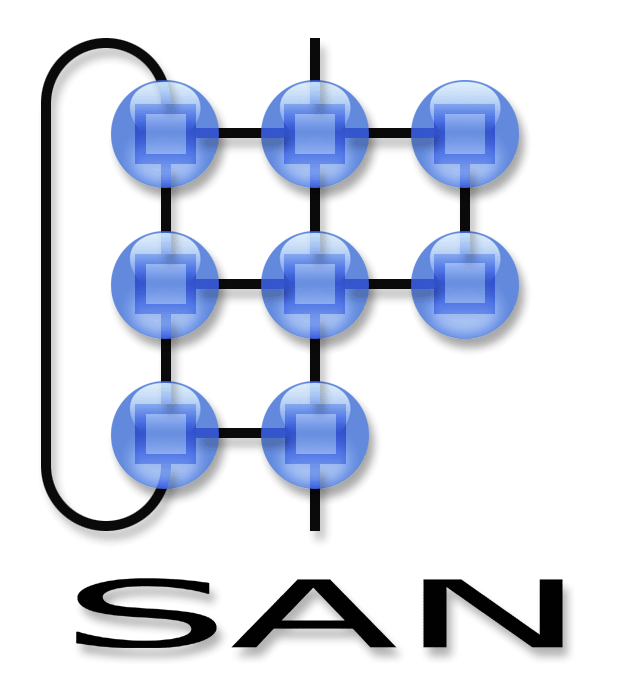Master-projects
- Integration of OSAS with Service Oriented Architectures (SOA).
This project is aimed at exposing the functionality of services in an OSAS sensor network towards services in service oriented architectures and vice versa. This allows back-end systems to interact seemlessly with sensor nodes or networks through a specific SOA. In this project amosa is used as a specific instance of a SOA. Migiel de Vos
- Optimizing sleep times for nodes in wireless sensor networks.
This project is aimed at developing an implementation of TrawMAC and integration of this MAC with the OSAS programming model. Through a generic API OSAS can align the sleep schedule of the MAC with its application determined communication patterns. Anton Bilos
- On-Node Processing: Algorithms for Activity Classification
The purpose of this research is to investigate algorithms for activity classification, their usefulness for wireless sensor networks and how the OSAS system can be adjusted to support such an algorithm. As use cases for activity classification, an ECG sensor is used to gather data for heart monitoring and an acceleration sensor is used for movement classification. Diana Albu
Related projects
- Wirelessly Accessible Sensor Populations (WASP)
The WASP project aims at narrowing the mismatch between research at the application level and the node and network level by covering the whole range from basic hardware, sensors, processor, communication, over the packaging of the nodes, the organisation of the nodes, towards the information distribution and a selection of applications. The emphasis in the project lays in the self-organisation and the services, which link the application to the sensor network.
OSAS is being developed as a programming model for sensor networks within work package five of the WASP project.
- Smart Objects For Intelligent Applications (SOFIA)
SAN group is doing research on providing interoperability of the SOFIA architecture with extremely small capability devices (e.g. 8MHz CPU) and reliability of the services provided. Our aim is to enhance and incorporate the light-weight OSAS (Open Service Architecture for Sensors) framework built by SAN into the SOFIA architecture. The resulting architecture will be capable of doing resource monitoring, resource management and service quality management for smart applications which are accessed through ownership policies. The indoor smart space domain with smart lighting scenarios is of particular interest.
- Versatile Interface for TRUstworthy VItal User (oriented) Services (VITRUVIUS)
The VITRUVIUS project aims at exploring the underlying key consequences for the architecture of Body Sensor Networks (BSN) and the handling of information about the individual's body. The connection of the privacy-sensitive "body state" to a rapidly evolving landscape of services, is the key theme of the project.
